Sefirat HaOmer
Out of the 56 mitzvot written in Parashat Emor “speak,” (Leviticus 21:1–24:23), we learn about the mitzvah of Sefirat Haomer (Counting of the Omer), which we perform for 49 days between the second night of Pesach and Shavuot. At the time of the Exodus from Egypt, due to the many years of slavery under the Egyptian, the Jews were in a very low spiritual state, they were not spiritually ready for the great G-dly revelation, they were not ready to receive the Torah. From the following day on, they worked on self- improvement, making themselves “shine” like a sapphire (which is grammatically connected, having the same root like the word Sefirah counting), in order to be spiritually ready for the giving of the Torah.
Lag BaOmer
Every night during “Yemei Hasfirah” period we count an additional day. We are now in that period. The mitzvah is observed by saying a blessing and then counting the number of days and weeks that have gone by. On the 33rd day, called Lag BaOmer, we commemorate the passing of Rabbi Shimon bar Yochai, known as the Rashbi, one of the greatest scholars of the Mishna and the primary author of the holy Zohar.
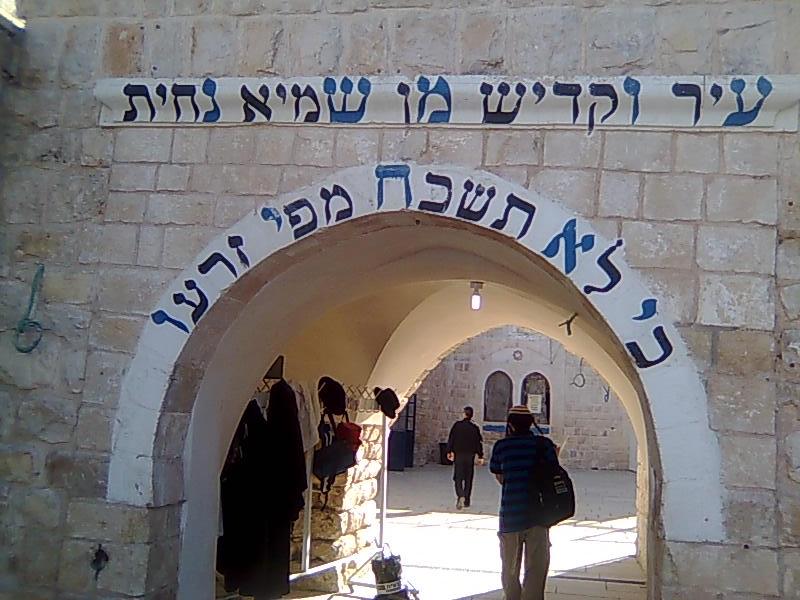
In a nutshell
Parashat Emor may be divided into 4 parts: The first part describes special rules for Kohanim (priests)
A kohen may not become ritually impure through contact with a dead body, may not marry a divorcee/ a woman with a promiscuous past; a kohen gadol can marry only a virgin. A kohen with a physical deformity cannot serve in the Holy Temple, nor can a deformed animal be brought as an offering. A newborn calf, lamb or kid must be left with its mother for seven days before being eligible for an offering; one may not slaughter an animal and its offspring on the same day.
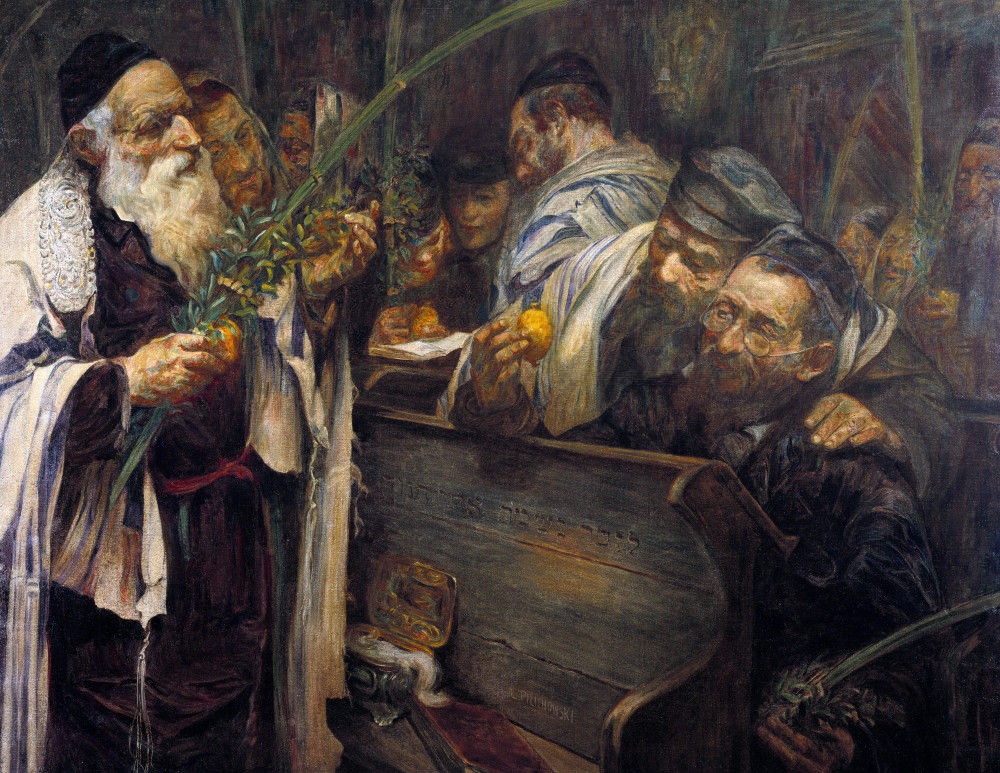
The second part the times of the Jewish calendar are named and described: the Shabbat, Rosh Hashanah, Yom Kippur, and the Pilgrimage Festivals of Pesach: the bringing of the Passover offering on 14 Nissan; the seven-day Passover festival beginning on 15 Nissan; the bringing of the Omer offering from the first barley harvest on the second day of Passover, and the beginning, on that day, of the 49-day Counting of the Omer, culminating in the festival of Shavuot on the fiftieth day; a “remembrance of shofar blowing” on 1 Tishrei; a solemn fast day on 10 Tishrei; and the Sukkot festival, during which we are to dwell in huts for seven days and take the “Four Kinds” beginning on 15 Tishrei; and the immediately following holiday of the “eighth day” of Sukkot (Shemini Atzeret).
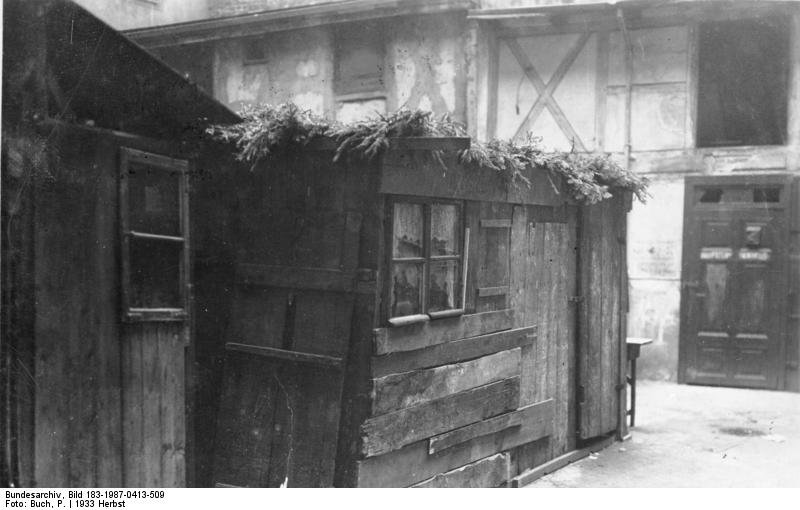
The third part G-d commands the Israelites to bring clear olive oil for lighting the sanctuary menorah in the Temple, and the showbread (lechem hapanim) placed weekly on the table there.
The forth part includes laws dealing with profanity, murder, and tells the story of a man who was executed for blasphemy, and the penalties for murder (death) and for injuring one’s fellow or destroying his property (monetary compensation).
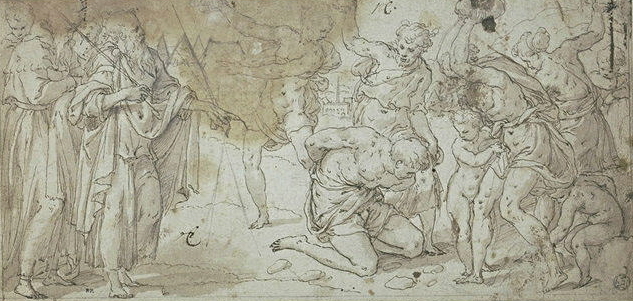
Who is Rabbi Shimon Bar Yochai?
Rabbi Shimon Bar Yochai was a holy Jewish sage and mystic who lived in Israel after the destruction of the Second Temple in 70 CE. Rabbi Shimon was forced to go into hiding for criticizing the Roman government, fleeing to a deserted cave.
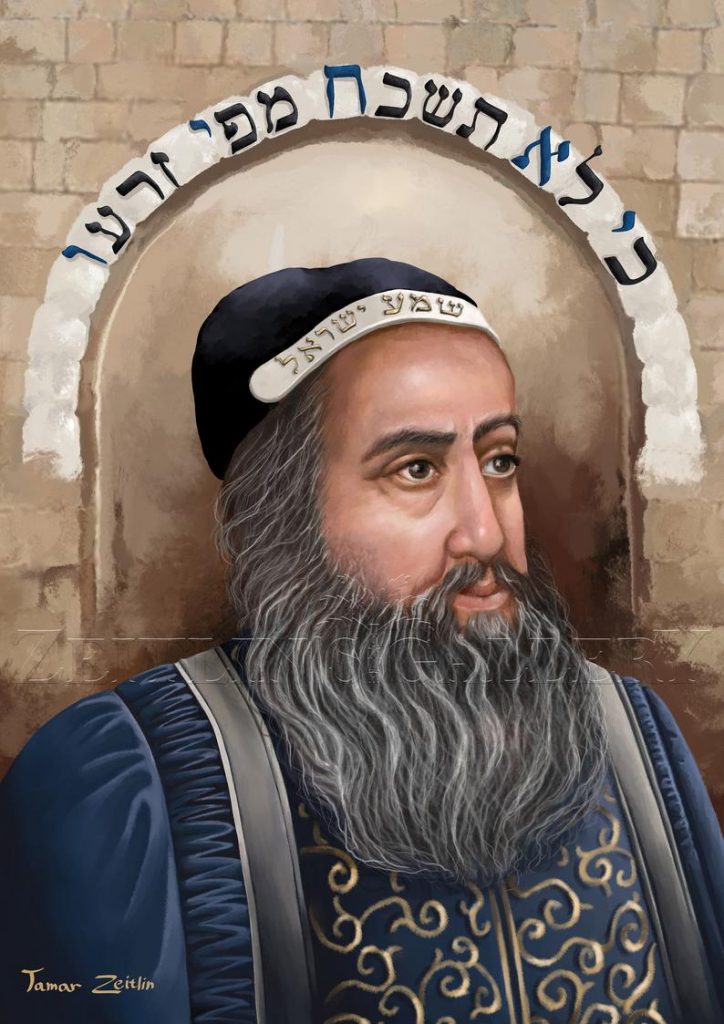
Word spread from one person to another?
The Talmud reports how Rabbi Shimon bar Yochai came to be set apart as an “enemy of the state” by the Roman governor. One day, Rabbi Yehuda bar Ilai, Rabbi Yossi, and Rabbi Shimon were sitting together. Yehuda ben Geirim joined them. Rabbi Yehuda said: “Look what fine projects this nation undertakes. They built marketplaces, bridges, and bathhouses.” Rabbi Yossi remained silent and said nothing. Rabbi Shimon bar Yochai replied: “They did everything for their own benefit. They set up the marketplaces for their own pleasure and good. They built bathhouses to indulge in their own pleasure. They built bridges so that they would be able to charge tolls for using them.”
Yehuda ben Geirim went and told his family what Rabbi Shimon had said. Word spread from one person to another, and reached the ears of the governor, who declared: Rabbi Yehuda, who praised the Romans, will be promoted to chief spokesman everywhere. Rabbi Yossi, who remained silent, will be exiled to Tzipori. And Rabbi Shimon, who spoke against us, will be executed!”
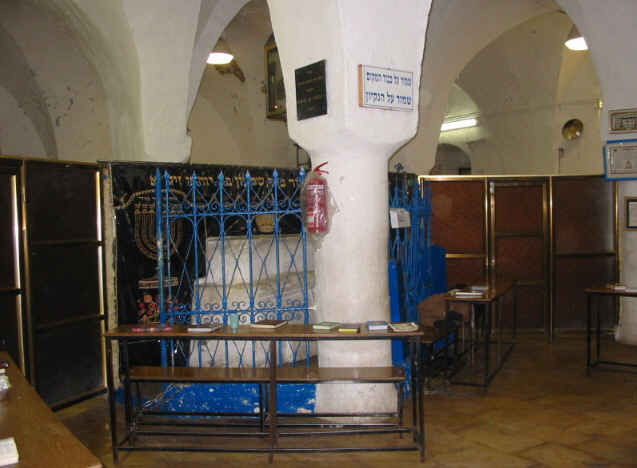
Inside the cave
Tradition tells us that a carob tree sprang up outside of the cave, and spring of fresh water appeared. Sustained by these two provisions, Rabbi Shimon and his son Rabbi Elazar, while in the cave, removed their garments so that they would not wear out, covered themselves with sand up to their necks, out of modesty, and sat and studied Torah. When it was time to recite their prayers, they donned their clothing again. For twelve years they remained secluded in their cave, and no one knew of their whereabouts, except for Elijah the Prophet, who visited them twice a day and studied with them. During this period of time, Rabbi Shimon attained great spiritual heights in his knowledge of the Torah. Many secrets were revealed to him.
Elijah the Prophet
Finally, the Roman governor died, and his decree against Rabbi Shimon was annulled. However, Rabbi Shimon himself was unaware of these developments. Elijah the Prophet came to the mouth of the cave and said: “Who will inform the son of Yochai that the governor has died and his decrees are therefore annulled?” Rabbi Shimon and his son heard these words and left the cave. The transition into civilization was not simple.
Emerging from the Cave
They came upon some men plowing the soil and planting seeds. Rabbi Shimon was taken aback. He asked: “How can people set aside eternal life and occupy themselves with earthly matters? everything they looked at immediately burst into flames. A Heavenly voice said to them: “Have you come out of the cave in order to destroy My world? Go back to your cave!”
Empathy
“The death of human empathy is one of the earliest and most telling signs of a culture about to fall into barbarism.”-Hannah Arendt
Empathy is the ability to recognize, understand, and share the thoughts and feelings of another person, animal, or fictional character. Developing empathy is crucial for establishing relationships and behaving compassionately. It involves experiencing another person’s point of view, rather than just one’s own, and enables prosocial or helping behaviors that come from within, rather than being forced.
After twelve years of total isolation, Rabbi Shimon and his son, while excelling in Torah study, reaching higher spiritual levels of knowing, understanding and being, forgot the golden rule VeAhavta Lereacha Kamocha, Love your fellow as yourself. Rabbi Shimon and his son had to go back to the cave for another twelve months. Then Rabbi Shimon declared: “We have been punished enough, for even the evil doers in Gehenna are not punished for more than twelve months. A Heavenly voice said: “Go out of your cave!”
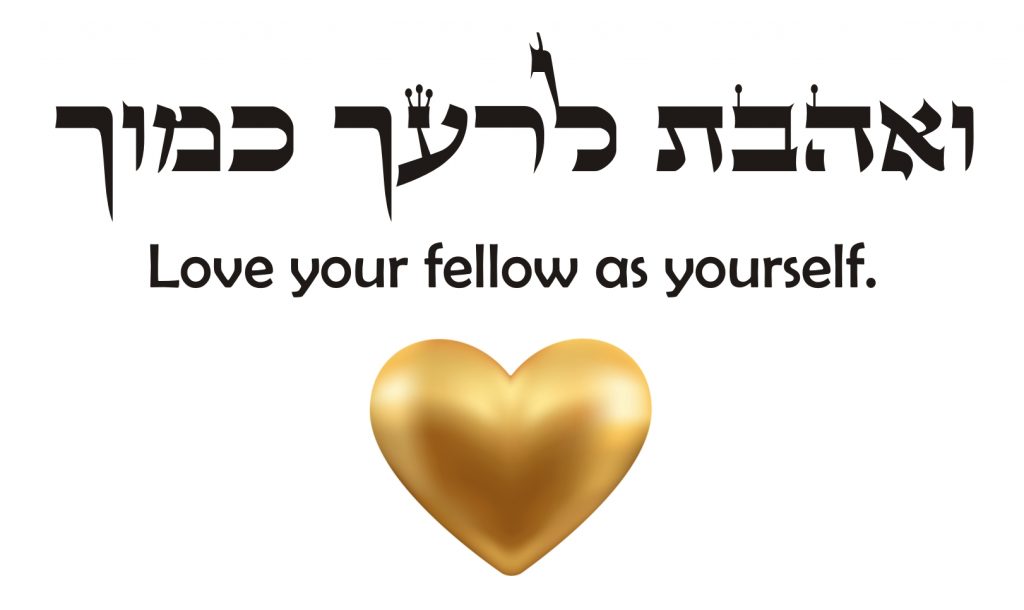
“Love your fellow as yourself.”
In our previous parashah, Kedoshim we find the dictum which the great sage Rabbi Akiva, Rabbi Shimon’s teacher, called a cardinal principle of Torah, and of which Hillel said, “This is the entire Torah, the rest is commentary”-“Love your fellow as yourself.”
לֹֽא־תִקֹּ֤ם וְלֹֽא־תִטֹּר֙ אֶת־בְּנֵ֣י עַמֶּ֔ךָ וְאָֽהַבְתָּ֥ לְרֵעֲךָ֖ כָּמ֑וֹךָ אֲנִ֖י יְהוָֽה׃
You shall not take vengeance or bear a grudge against your countrymen. Love your fellow as yourself: I am the LORD. -Leviticus 19:18. There are two verses in the Torah which display opposite emotions. One is “Thou shalt not hate your neighbor in your heart”. The more familiar verse, famous is “Love your neighbor” as yourself. Rabbi Akiva declared that this is one of the primary rules of Torah “Zeh kelal gadol baTorah”.
After 13 years
When they finally left the cave, after 13 years, Rabbi Elazar saw people who busied themselves with material concerns and not with Torah. R. Shimon was already at peace. His son was not. Whatever the son looked at ignited. The father then looked and extinguished the flames. He turned to his son and said, “My son, you and I are enough for the world.” Let the rest of mankind be.”
The Turning Point
On the eve of the Sabbath, as it drew dark, they saw an elderly man hurrying to his home with two bunches of myrtle in his hand. They asked him; “Why do you have these two bunches of myrtle?” “I brought them to honor the Sabbath, to enjoy their aroma.”
“And why two? Wouldn’t one be enough for you?”
He answered them: “One for the word ‘Remember! (the Sabbath day to keep it holy.’ And one for the word ‘Guard! (the Sabbath day to keep it holy.’)”
Rabbi Shimon said to his son: “Come and see how precious the commandments are to the people of Israel!”. This is perhaps the significance of the Talmud’s story, as a result, Rabbi Shimon and his son recognized that all Jews have their own unique connection to G-d and their own special way of serving Him.

The 33rd day of the Omer
The anniversary of Rabbi Shimon’s death is a celebratory day on the Jewish calendar, because Rabbi Shimon asked that he be remembered through happiness rather than mourning. This day, called Lag Ba’omer, the 33rd day of the Omer, marked by dancing and feasting around bonfires, distributing sweets to children, and music and singing.
In this era of coronavirus, as we begin to emerge from our own comfortable caves, after a year long of isolation, we are confronted with a new reality. Some people are fearful, some are angry, and some accept the change and know that everything happens for a good reason. One thing is for sure, not only the world has changed, but also we have changed. May we find the way, like Rabbi Shimon, to become loving and accepting one another in spite our differences. Kol Tuv.

56 Mitzvot in Parashat Emor
- A Kohen must not defile himself (by going to funerals or cemeteries) for anyone except relatives Lev. 21:1
- A Kohen (priest) must not marry a divorcee Lev. 21:7
- A Kohen must not marry a zonah (a woman who has had a forbidden sexual relationship) Lev. 21:7
- A Kohen must not marry a chalalah (“”a desecrated person””) (party to or product of 169-172) Lev. 21:7
- To dedicate the Kohen for service Lev. 21:8
- The High Priest must not defile himself for any relative Lev. 21:11
- The High Priest must not enter under the same roof as a corpse Lev. 21:11
- The High Priest must marry a virgin maiden Lev. 21:13
- The High Priest must not marry a widow Lev. 21:14
- The High Priest must not have sexual relations with a widow even outside of marriage Lev. 21:15
- A Kohen with a physical blemish must not serve Lev. 21:17
- A Kohen with a temporary blemish must not serve Lev. 21:17
- A Kohen with a physical blemish must not enter the sanctuary or approach the altar Lev. 21:23
- Impure Kohanim must not do service in the temple Lev. 22:2
- An impure Kohen must not eat Terumah Lev. 22:4
- An impure Kohen, following immersion, must wait until after sundown before returning to service Lev. 22:7
- A non-Kohen must not eat Terumah Lev. 22:10
- A hired worker or a Jewish bondsman of a Kohen must not eat Terumah Lev. 22:10
- A chalalah (party to #s 169-172 above) must not eat Terumah Lev. 22:12
- Not to eat untithed fruits Lev. 22:15
- Not to dedicate a blemished animal for the altar Lev. 22:20
- To offer only unblemished animals Lev. 22:21
- Not to inflict wounds upon dedicated animals Lev. 22:21
- Not to slaughter it Lev. 22:22
- Not to burn its fat Lev. 22:22
- Not to offer to God any castrated male animals Lev. 22:24
- Not to sprinkle its blood Lev. 22:24
- Not to sacrifice blemished animals even if offered by non-Jews Lev. 22:25
- To offer only animals which are at least eight days old Lev. 22:27
- Not to slaughter an animal and its offspring on the same day Lev. 22:28
- Not to leave sacrifices past the time allowed for eating them Lev. 22:30
- To sanctify His Name Lev. 22:32
- Not to profane His Name Lev. 22:32
- To rest on the first day of Passover Lev. 23:7
- Not to do prohibited labor on the first day of Passover Lev. 23:8
- To rest on the seventh day of Passover Lev. 23:8
- Not to do prohibited labor on the seventh day of Passover Lev. 23:8
- To offer the wave offering from the meal of the new wheat Lev. 23:10
- Not to eat bread from new grain before the Omer Lev. 23:14
- Not to eat parched grains from new grain before the Omer Lev. 23:14
- Not to eat ripened grains from new grain before the Omer Lev. 23:14
- Each man must count the Omer – seven weeks from the day the new wheat offering was brought Lev. 23:15
- To bring two leaves to accompany the above sacrifice Lev. 23:17
- To rest on Shavuot Lev. 23:21
- Not to do prohibited labor on Shavuot Lev. 23:21
- To rest on Rosh Hashanah Lev. 23:24
- Not to do prohibited labor on Rosh Hashanah Lev. 23:25
- Not to eat or drink on Yom Kippur Lev. 23:29
- To rest from prohibited labor Lev. 23:32
- Not to do prohibited labor on Yom Kippur Lev. 23:32
- To rest on Sukkot Lev. 23:35
- Not to do prohibited labor on Sukkot Lev. 23:35
- To rest on Shemini Atzeret Lev. 23:36
- Not to do prohibited labor on Shemini Atzeret Lev. 23:36
- To take up a Lulav and Etrog all seven days Lev. 23:40
- To dwell in a Sukkah for the seven days of Sukkot Lev. 23:42
The 613 Mitzvot
In The Torah there are 613 commandments, mitzvot, also known as the Law of Moses (תרי״ג מצוות, taryag mitzvot). The 613 mitzvot are first recorded in the 3rd century CE, when Rabbi Simlai mentioned it in a sermon that is recorded in Talmud Makkot 23b.
The 613 commandments include 248 “positive commandments”, to perform an act (mitzvot aseh), and 365 “negative commandments”, to abstain from certain acts (mitzvot lo taaseh). The negative commandments number 365, which coincides with the number of days in the solar year, and the positive commandments number 248, a number ascribed to the number of bones and main organs in the human body.
Though the number 613 is mentioned in the Talmud, its real significance increased in later medieval rabbinic literature, including many works listing or arranged by the mitzvot. The most famous of these was an enumeration of the 613 commandments by Maimonides, The Rambam.
Many of the mitzvot cannot be observed now, following the destruction of the Second Temple, although they still retain religious significance. According to one standard reckoning, there are 77 positive and 194 negative commandments that can be observed today, of which there are 26 commands that apply only within the Land of Israel. Furthermore, there are some time-related commandments from which women are exempt (examples include shofar, sukkah, lulav, tzitzit and tefillin). Some depend on the special status of a person in Judaism (such as kohanim), while others apply only to men or only to women.
according to Rambam Organized by Parshah. based on Wikipedia and http://www.vaadrv.org/rambam613mitzvot.asp ONE BIG IMPORTANT NOTE WHEN USING THIS LISTING: This listing is not all inclusive. Rambam may site multiple sources for a mitzvah is his works but this list currently only gives one source for each mitzvah.

Check out YedidYah Psalm 96 “Yiram Hayam” Music by Rabbi Yakira Yedidia https://youtu.be/aTBD4i9nvXw
The Priestly Blessing
יְבָרֶכְךָ יהוה, וְיִשְׁמְרֶךָ- May the LORD bless you and guard you
יָאֵר יהוה פָּנָיו אֵלֶיךָ, וִיחֻנֶּךָּ -May the LORD make His face shed light upon you and be gracious unto you
יִשָּׂא יהוה פָּנָיו אֵלֶיךָ, וְיָשֵׂם לְךָ שָׁלוֹם- May the LORD lift up His face unto you and give you peace
Check out YedidYah “The Priestly Blessing” Birkat Hakohanim. Music by Rabbi Yakira Yedidia https://youtu.be/YNE11QdEMN0
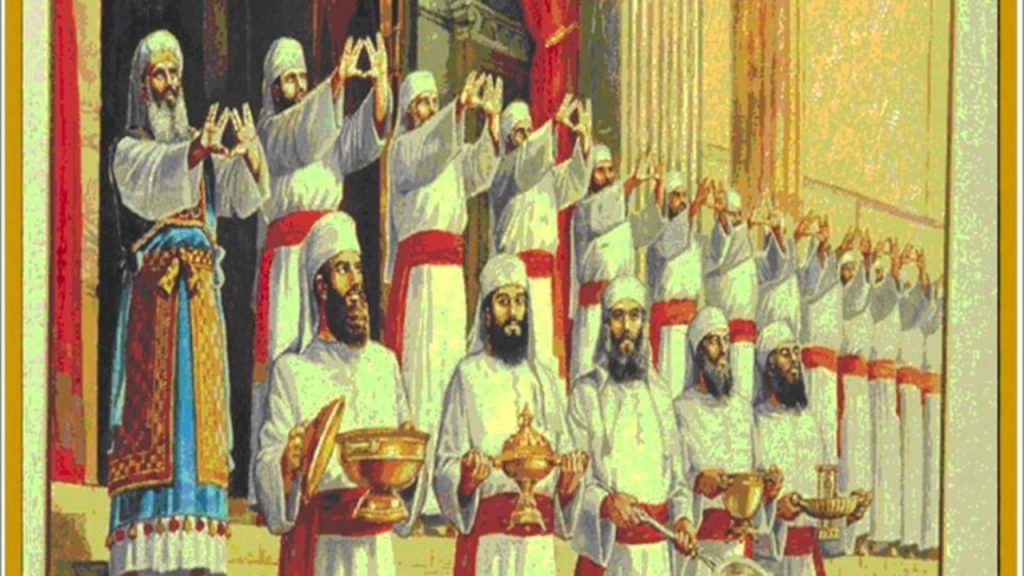
This blog article was inspired by chabbad.org, Sefaria.org, Wikipedia.org

